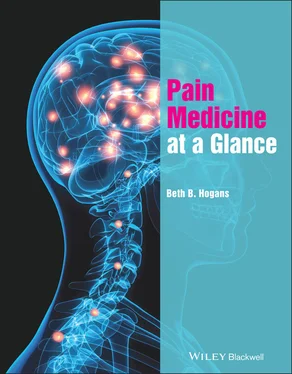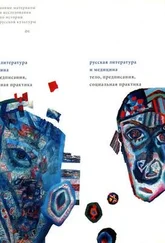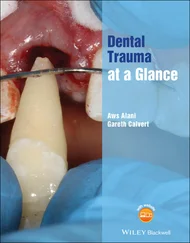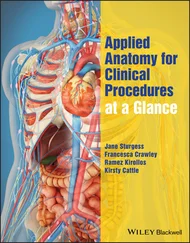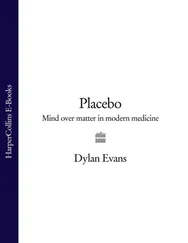Daniel B. Carr, MD, DABPM, FFPMANZCA (Hon.)
Professor Emeritus, Tufts University School of Medicine, Boston
Founding Director, Tufts Program on Pain Research, Education and Policy
Past President, American Academy of Pain Medicine
Honorary Member, International Association for the Study of Pain.
Many thanks to Anne Hunt, James Watson, Vincent Rajan, Samras Johnson, and Avinash Singh, my editors at Wiley. I appreciate their consistent encouragement and sage advice in preparing this manuscript. The work came together with a breathtaking team effort – my vision of communicating the wonders of pain clinical science, so many years in the making, has now arrived. Thank you.
I would like to acknowledge some of my many great teachers in pain: Jim Campbell, the late John W. (Jack) Griffin, Jennifer Haythornthwaite, Lewis Levy, Steven Waxman, George Richerson, Alan Pestronk, David Cornblath, Vinay Chaudhry, Ahmet Hoke, Andrea Corse, Stuart Goldman, Steve McMahon (Mac), Dan Carr, and Mac Gallagher have taught me so much about pain and nociceptive processing. Paul Hoffman, Dick Meyer, and Tom Brushart were among my exemplars of critical scientific reasoning. Judy Watt‐Watson, Pat Thomas, Margaret Lloyd, Nancy Hueppchen, Andy Levy, Kyle Davis, Beth Nenortas, Christina Spellman, and Rachel Salas are among my great educational role models. I am deeply grateful to David Yarnitsky, Merav Shor, Antje Barreveld, Michelle Taylor, and Bernie Siaton for professional collaborations and sincere friendship. I have been fortunate to have many wonderful students, but some have brought exceptional effort and talent including Aakash Agarwal, Lina Mezei, Joe Nugent, Alexis Steinberg, Zelda Ghersin, and Kolade Fapohunda. Mr. Tim Foley is an extraordinary and talented administrator, and I am most appreciative of Ms. Tina Moore's heartfelt and able administrative support of my academic career. Les Katzel has supported my advanced career development with grace and wit, and John Sorkin has championed my passion for statistics and applied mathematics in the service of clinical medicine. Justin McArthur has always offered encouragement and fostered my passion for neurology and pain. Shelley List, my dear friend, has served unswervingly as a personal ad hoc editor, consultant, and trusted advisor. My father Donald Hogans was an extraordinarily devoted champion; given his 2‐meter stature, from birth, I actually “stood on the shoulders” of a giant. He cheered my efforts to write cogently about pain and to step up to any reasonable opportunity to improve the world. And my children, who have genuinely been my light and joy – so determined, so clever, and so unfailingly kind.
To apportion our days?
But tell us how,
and we shall come to the heart of wisdom.
The Psalm of Moses
Beth B. Hogans
Baltimore, MD
1 What is pain and how do we assess it?
Formally defined as an “unpleasant sensory and emotional experience associated with, or resembling that associated with, actual or potential tissue damage” (Raja et al. 2020), pain has an enormous impact on clinical outcomes. This formal definition captures several important aspects of pain: first, it is unpleasant, meaning that most people strongly prefer pain relief to continued pain. Second, pain is a sensoryAND emotionalexperience, which means that pain has both sensory‐discriminative qualities, i.e. descriptive features such as burning or stabbing; as well as unpleasantness , i.e. aspects that pertain to suffering ( Figure 1.1). The unpleasantness of pain profoundly motivates most people to seek relief. The sufferingassociated with pain motivated Epicurean philosophers (300 BCE) to observe in that the height of pleasure is reached with the absence of pain.

Figure 1.1 Pain has sensory‐discriminative and emotional‐motivational components.
Essential to survival, pain normally functions as a warning sign of damageto the body. High mortality rates are associated with painless myocardial ischemia; patients who cannot perceive a heart attack won't seek medical care until it is too late. At the extreme end of this spectrum are patients born with genetic mutations that eliminate pain sensing, e.g. SCN9A sodium channel defects, these patients are at increased risk for mutilation and death (Cox et al. 2006).
Perhaps the most important aspect of pain the tremendous variability from one person to another , interindividual variability, Figure 1.2. Due to diverse biology, genetic, and environmental factors, it is truly not possible to “know another's pain.” We must ask people about their pain in order to understand it. In a clinical setting, we call this “ pain assessment.”
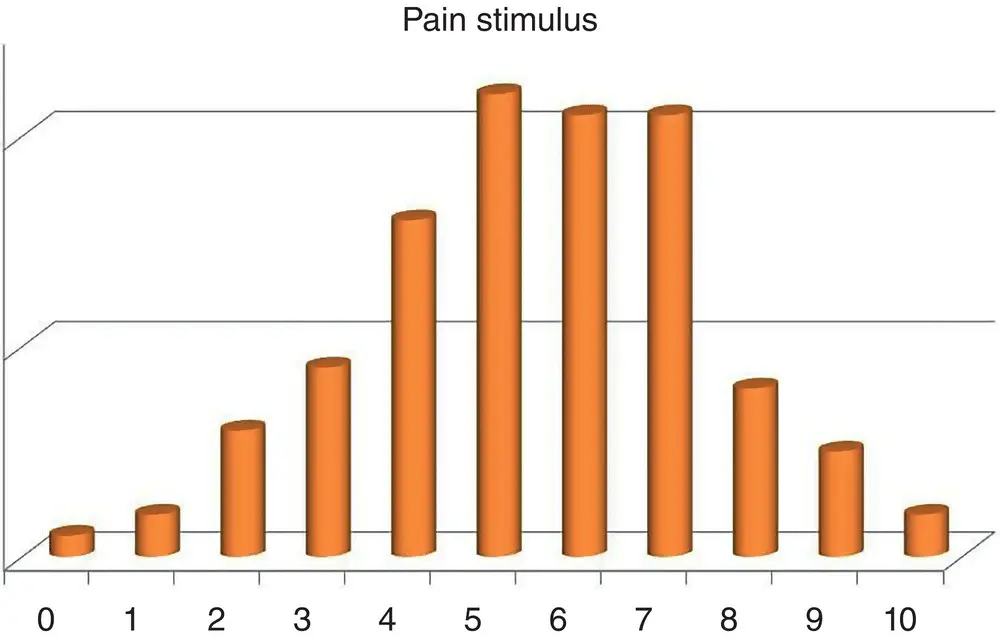
Figure 1.2 Interindividual variability in pain showing tremendous variability in healthy individuals exposed to pain stimulus.
Standard basic pain assessmentincludes assessment of: (i) Quality (burning, sharp, etc.), (ii) Region involved (arm, leg, etc.), (iii) Severity (also pain intensity), (iv) Timing (sudden, slow, waxing/waning), (v) Usually associated symptoms (rashes, vomiting, etc.), (vi) the things which make the pain Very much better (medicines, rest), and (vii) the things which make the pain Worse, Figure 1.3. This information, taken together, enables the clinician to formulate a preliminary differential diagnosis. Caring for patients with pain relies on strong basic clinical skills. It is essential to establish a problem list and a working differential diagnosis.
Functional pain assessmentincludes appraisal of how pain impacts a patient's functioning in daily life. Are they able to: Carry out tasks at home? Work to full capacity? Engage in self‐care? Interact with family and friends? Contribute to society normally? Enjoy life? And What is their quality of sleep? How is pain impacting their mood?
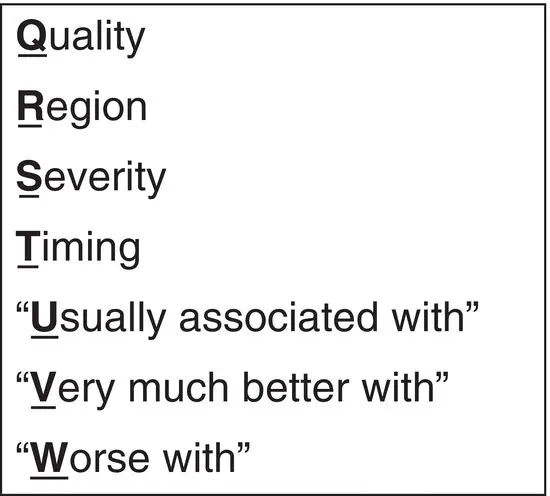
Figure 1.3 Standard pain assessment: the pain ‘Alphabet’.
Limited pain assessment, at a minimum, focuses on pain severity. Through the use of pain intensity scales, it is possible to rapidly and reproducibly ask patients about pain. Clearly subjective, but highly reproducible, the numerical rating scale (NRS)is the preferred pain intensity scale ( Figure 1.4). Widely used, it is easy to understand, rapidly explained and scored, does not require literacy, translates well to other languages, and shows robust response properties in clinical practice. Intubated patients can use an NRS presented visually. The NRS is properly referred to as an “11‐point scale” as 0 and 10 are both included. Changes of less than 2 points on the NRS are generally below the “ minimal clinically significant change” threshold and not meaningful. Limited pain assessment, focusing on pain severity alone is only appropriate for ultra‐rapid re‐assessmentof patients with an established diagnosis. Initial appraisal of a patient with pain should always include the elements of the standard basic assessment, and the functional pain assessment, pain frequently impacts function ( Figure 1.5).
Читать дальше
